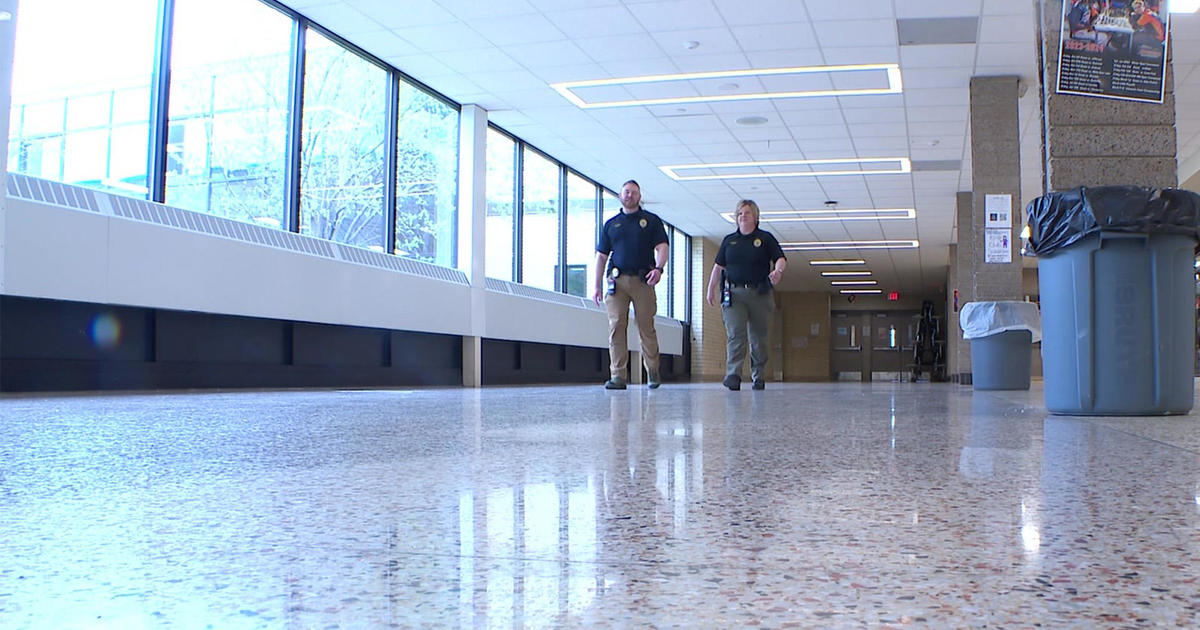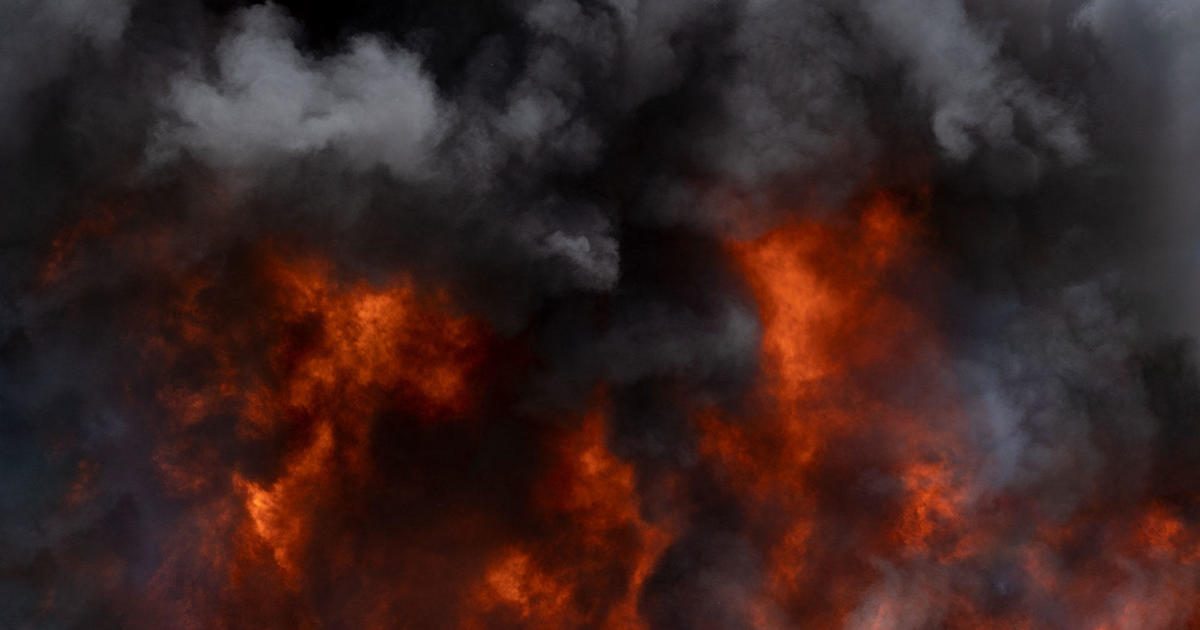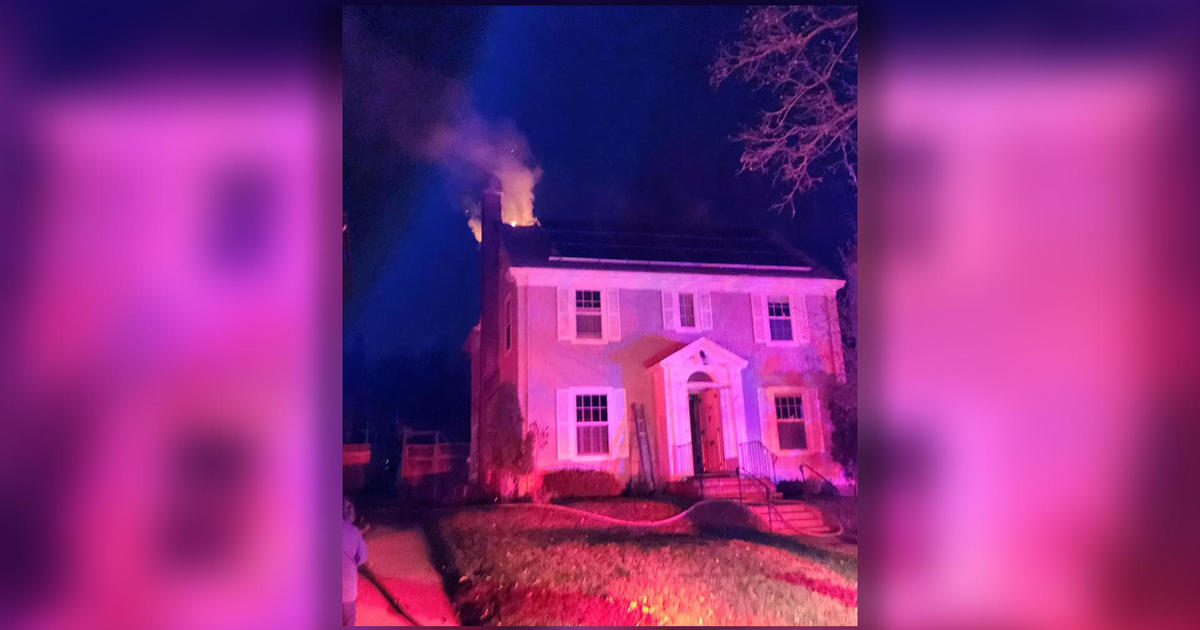Good Question: What Exactly Is The Dakota Access Pipeline?
MINNEAPOLIS (WCCO) -- President Trump signed executive orders Tuesday morning that could ease construction both the Dakota Access and Keystone XL pipelines. He said the project would be "subject to terms and conditions negotiated by us."
Over the past several months, the Dakota Access Pipeline has garnered lots of attention, but what exactly does it entail? Good Question.
The 1,172-mile pipeline would carry crude oil from the Bakken fields in western North Dakota to an oil tank farm in Illinois, where it could be shipped across the country and internationally. Currently, there are 2.5 million miles of crude, natural gas and refined products pipelines that already exist in the U.S.
It would be able to carry 570,000 barrels of crude oil a day, which is less than the 830,000 barrels/day that would be carried by the Keystone XL pipeline were it to be built.
All of the Dakota Access pipeline would be at least 4 feet underground, except when it would go under water. It would tunnel between 95 and 110 feet under the bottom of a Lake Oahe in North Dakota.
Ninety percent of it is already built, except for the part that runs close to the Standing Rock Sioux Reservation. That section would run under Lake Oahe, which is part of the Missouri River – the longtime primary drinking water source from the Standing Rock Sioux. (According to a Reuters report, the water source of the Standing Rock Sioux will move 70 miles away later this year when a new water treatment facility opens.)
Late last year, thousands gathered at that site to protest the Pipeline saying it could damage sacred tribal sites and a spill could pollute the nearby water.
"We're out here because a pipeline is threatening the drinking water of the Standing Rock Sioux Reservation and threatening the rights of indigenous people, generally," Tara Houska, national campaign manager for Honor the Earth, told CBS News in September.
Proponents say pipelines make it cheaper to transport oil. They also argue transporting oil via underground pipelines are safer than transporting oil via rail car. According to the Association of American Railroads, 29 percent of oil from the Bakken Region moves by rail.
"Pipelines do leak, it's rare. I think the chances of this leaking are extremely remote," Kelcy Warren, the CEO of Energy Transfer Partners, the company behind the Dakota Access Pipeline.
In December, the Obama administration stopped construction on the pipeline saying it needed more time to study the environmental impact. On Tuesday, President Trump's executive order sped up that review.
"If it's a no, we'll give them a quick no," President Trump said. "And if it's a yes, it's like let's start building."



